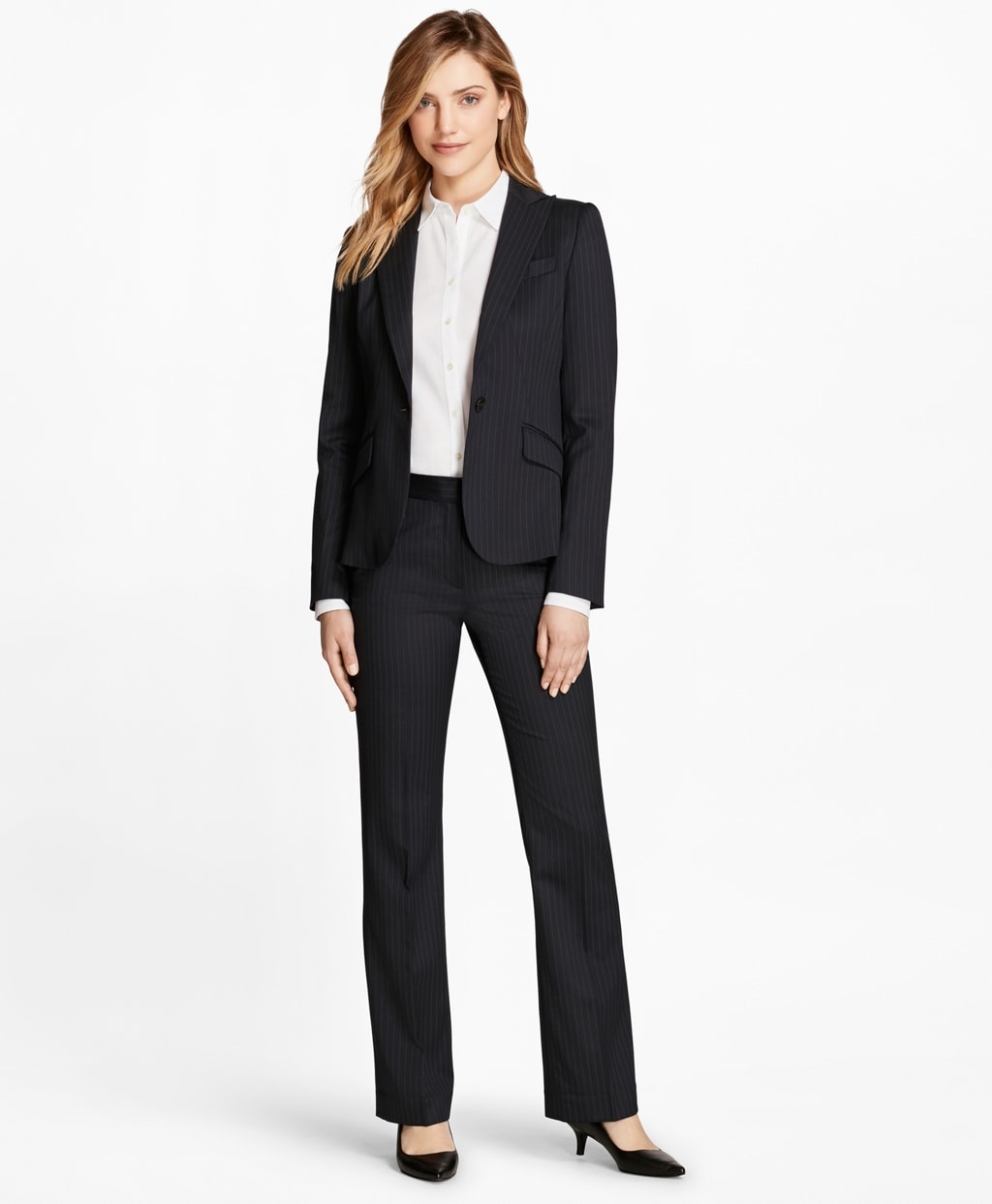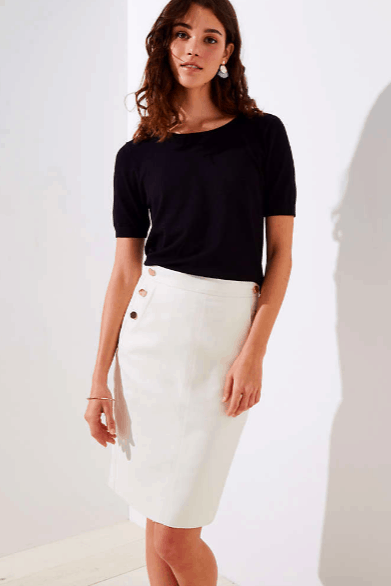The “What To Wear to Work” Question
Dressing for a job, an interview, an internship, a networking event, etc. is a source of anxiety for everyone at some point in their career. Each company and event are different, so it can be nerve-racking not knowing what the proper dress code is, what you can and can’t wear, etc. You want to make the best impression, of course, and your clothes say a lot about you and who you are!
There’s also the question of what season it is, what city you’re working in, whether you walk to work or not, and whether you’ll be sitting or standing most of the time, among other concerns! That’s a lot to think about, so it’s no wonder so many people feel frustrated with this kind of thing!
Types of Business Attire
There are 3 main types of “business dress” that you need to understand before we get into dressing for specific events. These are probably terms you’ve heard before, but after reading this, you should have a good understanding of what clothes work for what dress code. The three types of dress codes are: Professional Dress, Business Casual, and Campus Casual.
1. Professional Dress

An example of Business Professional attire from Brooks Brothers
Business professional attire is the most conservative type of business wear. It’s what you’ll be expected to wear in the office if you work in accounting, finance, or other conservative industries (or if you just have a really conservative boss!). This style is also known as “business formal.”
For women, business professional means a business suit or pants suit, or an appropriate dress and jacket. For men, professional dress means a business suit or a blazer, dress pants and a tie.
It is important to follow this business attire rule if you’re working in an office that adheres to it as you do not want to be seen as inappropriate or give off the impression that you don’t take your appearance seriously. Working for a conservative industry means that they have strict standards for what you can and cannot wear, so it’s important that you follow protocol correctly.
2. Business Casual

An example of a business casual outfit from Loft.
Business casual attire is a more relaxed version of “Professional Dress,” but it doesn’t mean you’re actually going to be “casual!” This is likely going to be your office dress code if you work in a semi-conservative workplace, but some interviews and events may also call for business casual.
Business casual is a shirt with a collar and/or a sweater, khakis or dress pants, and nice shoes for women. Women can also sometimes wear a moderate-length dress or skirt (read: knee-length or longer!). For men, business casual is a polo shirt or shirt with a collar and/or sweater, khakis or dress pants and dress shoes. No tie is required.
Although it is business “casual,” it is important that you look more business-appropriate than casual. Many people confuse business casual as just casual dressing but it still means dressing like you are going to an office. Business casual is not as buttoned-up or formal as professional dress but not as casual as campus casual.
3. Campus Casual

Example of a student dressed in campus casual attire.
Campus casual is what you probably won’t be wearing to work. This is the technical term for what you’re probably wearing every day – jeans, tee shirts, sandals, sneakers. You may be asked to wear campus casual to some very informal on-campus interviews and career days, and some casual networking events.
In general, you probably want to stay away from this in the workplace and gear towards more conservative stuff. However, that doesn’t mean campus casual is wrong.
For instance, if your boss tells you to dress campus casual for an event that involves students, that most likely means your boss wants you to be able to relate to these students and let them know that they can just casually talk to you. Sometimes, students will get intimidated seeing someone in business attire at a campus event where there are a ton of students. So if your boss is telling you to dress campus casual, it means your boss wants you to be able to speak to these students without looking intimidating.
Dressing campus casual is a great way to connect with students in a more casual settings. They’ll feel more comfortable to speak to you and the conversations will flow much better.
Hopefully, these tips teach you about the business dress code basics. For those of you who are a bit more advanced and already knew the business dress code basics, what are your favorite ways to dress professionally?
